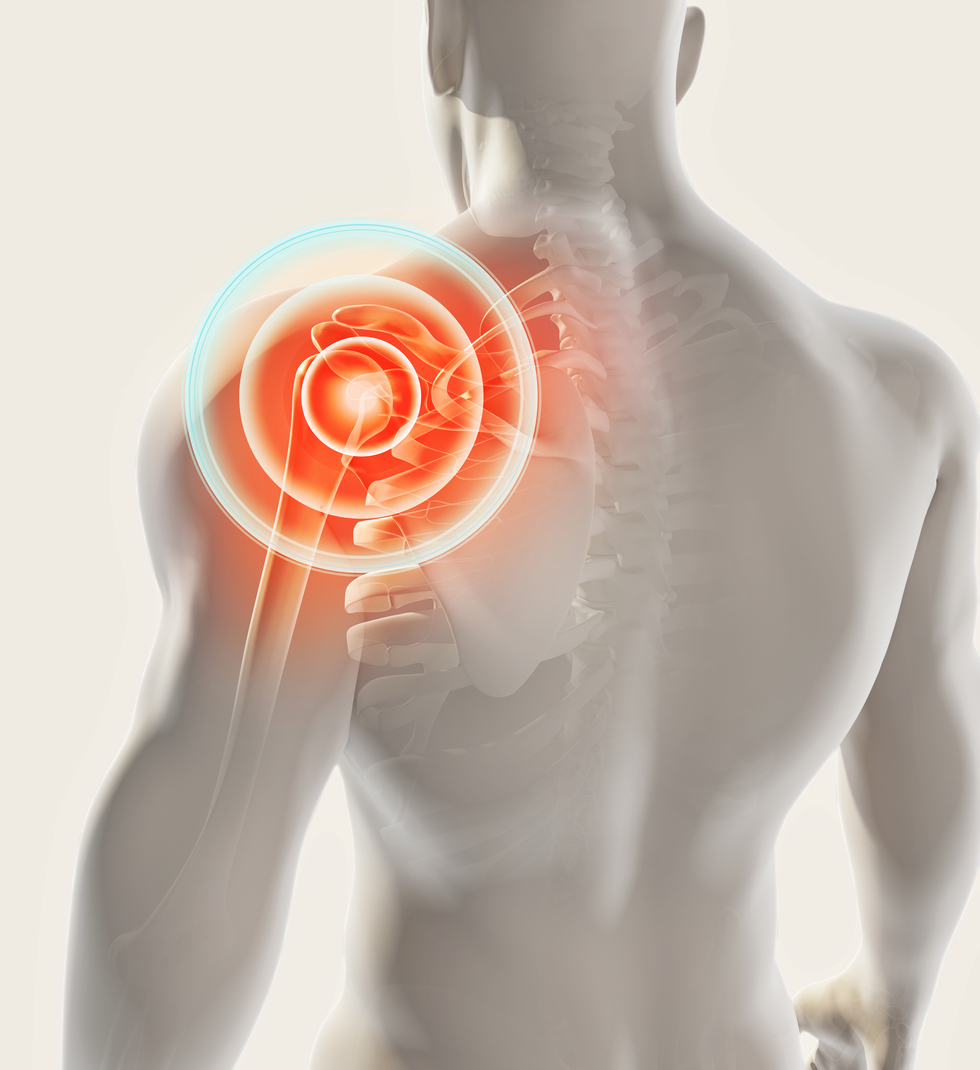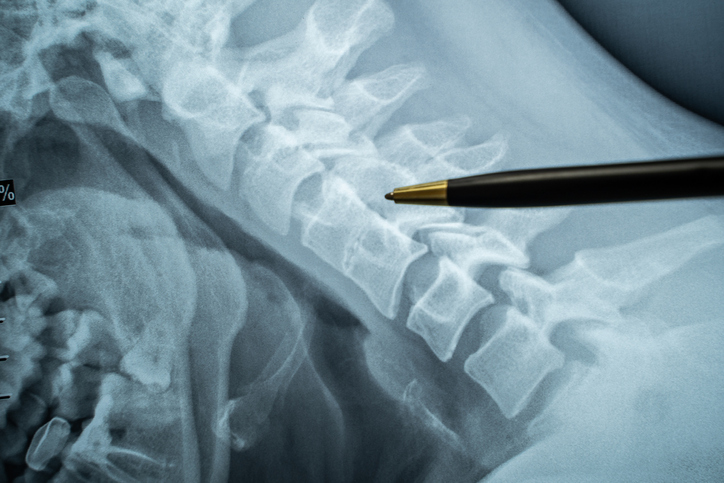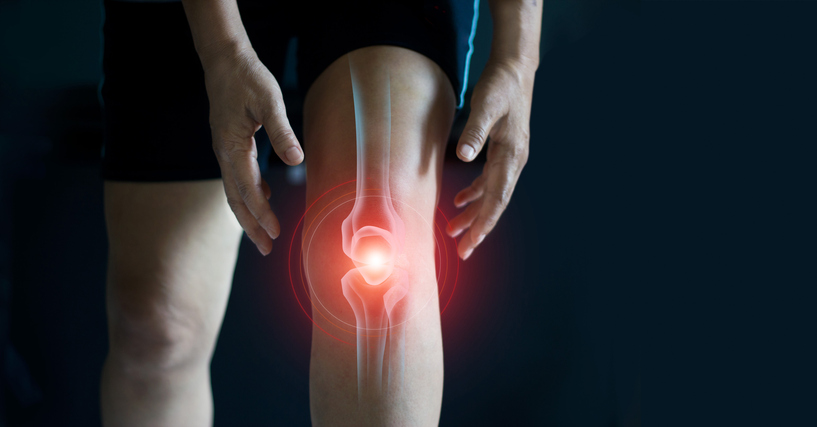Pain
What Are Chromosome Disorders?

Chromosomes are threadlike-structures within human cells. They contain deoxyribonucleic acid (DNA) which determines how a person develops and functions. Most humans have 23 pairs of chromosomes, or 46 in all.
Chromosome disorders occur when there is a change in the number of chromosomes or when there is breakage within a chromosome during conception or fetal development.
- Numerical disorders occur when a person is born with more or fewer than 46 chromosomes. Down syndrome and Turner Syndrome are two of the most commonly recognized numerical disorders.
- Structural disorders occur when there is breakage within a chromosome. Structural disorders are divided into categories, including, but not limited to, chromosomal deletions, duplications, translocations, or inversions.
Signs and symptoms
Many chromosome disorders can be identified through ultrasounds, blood tests, or other tests while the fetus is still in the womb. Once a baby is born, signs and symptoms may become apparent throughout childhood into adulthood. The signs and symptoms widely vary depending on which chromosomes are affected:
- Developmental delays
- Learning difficulties
- Poor muscle tone
- Physical abnormalities
- Intellectual disabilities
Causes
Some chromosome disorders can be passed down from one generation to the next (inherited). However, most develop as a result of random events that cause an error in cell division or duplication during the formation of reproductive cells or in early fetal development.
Risk factors
Advanced maternal age is the biggest risk factor for the development of a chromosome disorder in a fetus. Women over 35 are more likely than those under 35 to give birth to a baby with a spontaneous chromosome disorder. Paternal age does not have an impact on spontaneous chromosome disorders.
A family history of certain inherited chromosome disorders also increases the risk of a baby being born with the same disorder. Researchers are still investigating whether environmental factors increase the risk of giving birth to a baby with a chromosome disorder.


















